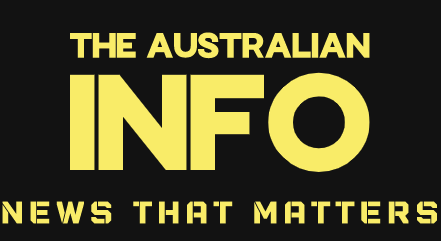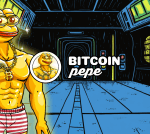
- Block3 plans to be a disruptive force in the $500 billion sector.
- The project’s native token, BL3’s presale goes live in four days.
- The token gives investors an entry point into the intersection of AI and gaming.
The gaming industry may be on the brink of a major shift.
With traditional studios facing layoffs and declining sales, newcomer Block3 is positioning itself as a disruptive force in the $500 billion sector.
While legacy studios typically work on multi-year timelines and budgets ranging from $50 million to $200 million, Block3 aims to compress development to near-instant speeds at minimal cost.
The platform uses AI trained on player behavior to generate and refine games in real time, relying on reinforcement learning and community prompts to iterate and improve.
At the core of Block3’s system is Trinity, its proprietary AI engine.
Trinity functions similarly to commercial large language models like ChatGPT or Claude—but instead of generating text or images, it produces entire game worlds.
Users can enter a text prompt, and Trinity responds with a fully developed game, complete with non-player characters, storylines, combat systems, and more.
Described as a Large World Model (LWM), Trinity operates on principles similar to an LLM but is trained on a different dataset—drawing from games instead of literature.
The plans to disrupt the market
Block3 is positioning itself as a next-generation platform aimed at making game development accessible to users without technical expertise.
By integrating generative AI with blockchain infrastructure, the platform enables users to build open-world video games using simple text prompts, significantly reducing development time—from years to seconds.
At the core of the ecosystem is the BL3 token, which powers key functions such as creation fees, asset trading, and revenue sharing.
The token also offers exposure to the co





